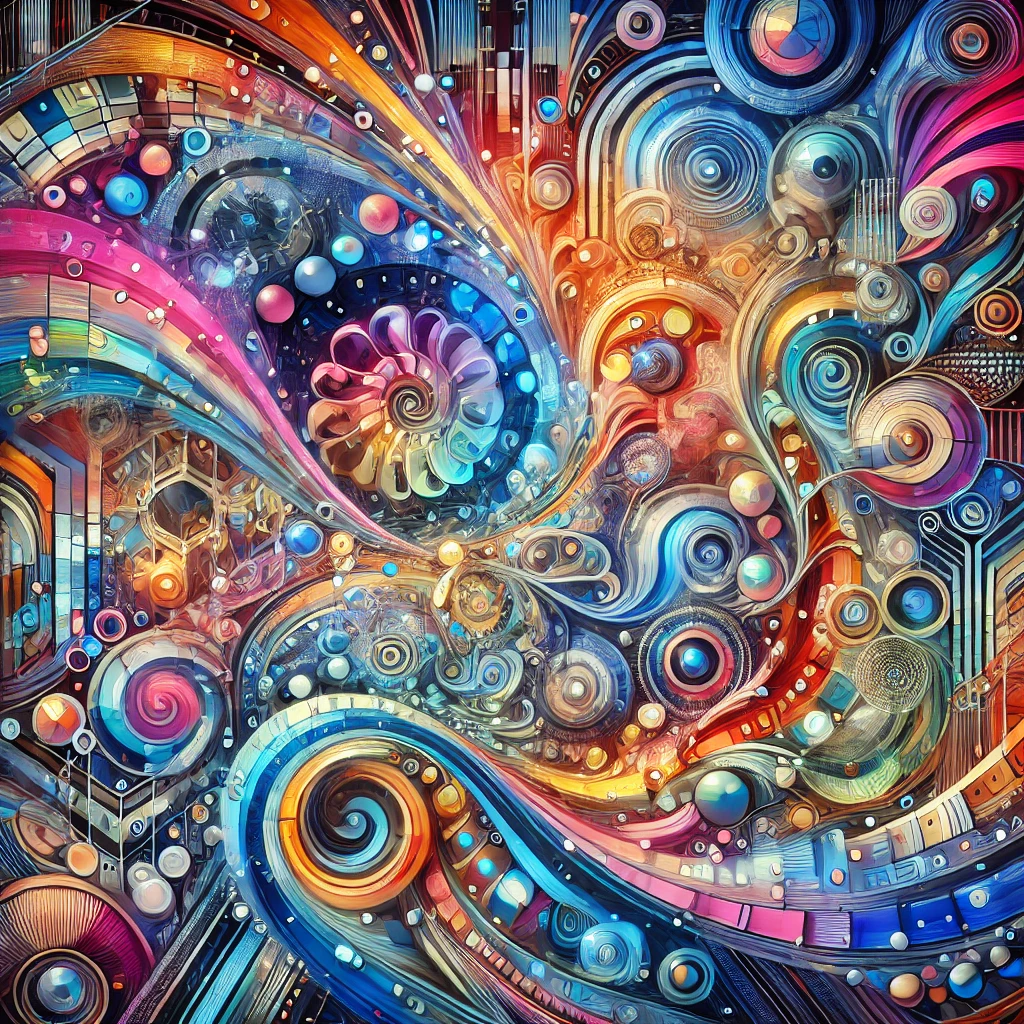Art, in its countless forms, has always been a reflection of human creativity, emotion, and expression. From cave paintings to modern digital masterpieces, the evolution of art has been continuous and deeply personal. However, in recent years, a new player has entered the creative field: artificial intelligence (AI). What started as an experimental fusion of technology and artistry has now erupted into a full-scale debate, with many questioning whether Al is enhancing or eroding the essence of true art. This debate, often referred to as “The War on Al Art,” has sparked intense discussions about the future of creativity, intellectual property, and the role of technology in the arts.
The Rise of Al in Art
Al-generated art isn’t entirely new. For years, artists and technologists have experimented with machine learning algorithms to generate interesting visuals, patterns, and compositions. But what was once seen as a novel way to explore creativity has grown into something much larger and more impactful. Platforms like DALL-E, MidJourney, and Stable Diffusion can now produce intricate, often stunning, pieces of art in seconds. All they need is a brief description or prompt, and the Al can create a work that can rival, and sometimes mimic, human creativity.
To many, this sounds like an incredible innovation, and it is. Al art allows people without traditional artistic skills to create beautiful visuals, broadening access to creativity. It also serves as a tool for artists themselves, helping them speed up their processes, experiment with new ideas, and discover unexpected compositions. But while this evolution might seem like a win for accessibility and efficiency, not everyone is cheering.
The Battlefront: Artists vs. Al
Traditional artists have been some of the most vocal opponents of Al-generated art. For them, the issue isn’t just about the technology itself but about what Al art represents. Art is often seen as a deeply personal process, where hours, days, or even months are spent bringing a vision to life. Human emotion, experience, and storytelling are weaved into every brushstroke or pixel. In contrast, Al can produce a polished piece in seconds, without any personal experience, narrative, or emotional connection. Critics argue that Al art lacks the soul that defines “true” art.
There’s also the problem of intellectual property. Many Al art generators are trained on massive datasets, which often include human-made artwork. This raises questions about whether the Al is merely copying existing styles and compositions, or creating something genuinely new. Some artists feel that their work is being used, without their consent, to fuel these algorithms, essentially allowing Al to profit from their creativity without giving credit or compensation.

The Legal Ethical Dilemma
As Al art continues to rise in popularity, legal and ethical concerns are being raised. Intellectual property laws weren’t designed with Al in mind, leading to a gray area in terms of ownership. Who owns the copyright for an Al-generated artwork? The person who input the prompt? The developers who created the Al system? Or does the Al itself hold any form of authorship? These are questions that have yet to be definitively answered.
Additionally, the widespread use of Al in art threatens the livelihood of many professional artists. As Al tools become more sophisticated and affordable, businesses and individuals may choose to commission Al-generated designs or artwork rather than paying a human artist. This shift could undermine the value of traditional artistic skills and diminish opportunities for those who rely on art for their income.

The Future of Art in an Al World
As the war on Al art continues, the future remains uncertain. Some believe that Al is just another tool in the artist’s toolbox, much like Photoshop or digital drawing tablets. It can be a way for artists to expand their capabilities and explore new creative possibilities. Others fear that Al will lead to the devaluation of artistic skill and expression, reducing art to a set of algorithms that can be replicated by anyone with a computer.
One possible outcome is a new kind of collaboration between humans and Al. Instead of seeing Al as a competitor, artists may begin to use it as a co-creator, using its speed and computational power to enhance their own creativity. Just as photographers use cameras and graphic designers use software, artists of the future might use Al to help them push the boundaries of their imagination.
In the end, art is an ever-evolving medium. The introduction of Al has sparked an important conversation about the value of creativity, ownership, and what it truly means to be an artist. While we may not know how this war will end, one thing is clear: the relationship between humans and technology in art will continue to shape the creative landscape in profound ways.
Conclusion
The war on Al art reflects broader societal questions about technology’s role in our lives. Is Al a powerful tool that will redefine creativity, or is it a threat to the very nature of art? As we navigate these questions, one thing remains constant: the human desire to create, to express, and to leave a mark on the world—whether through a brush, a pixel, or an algorithm.